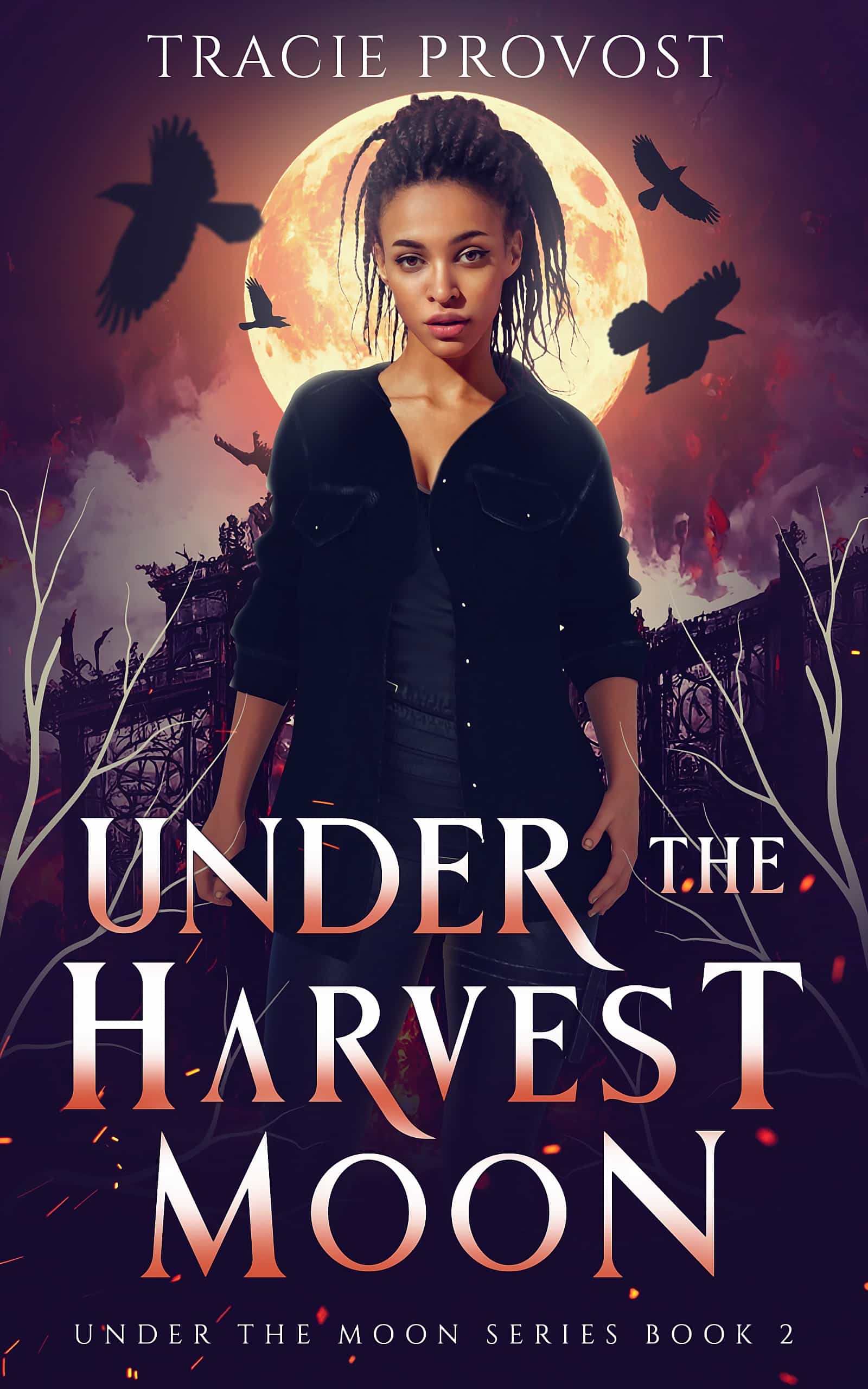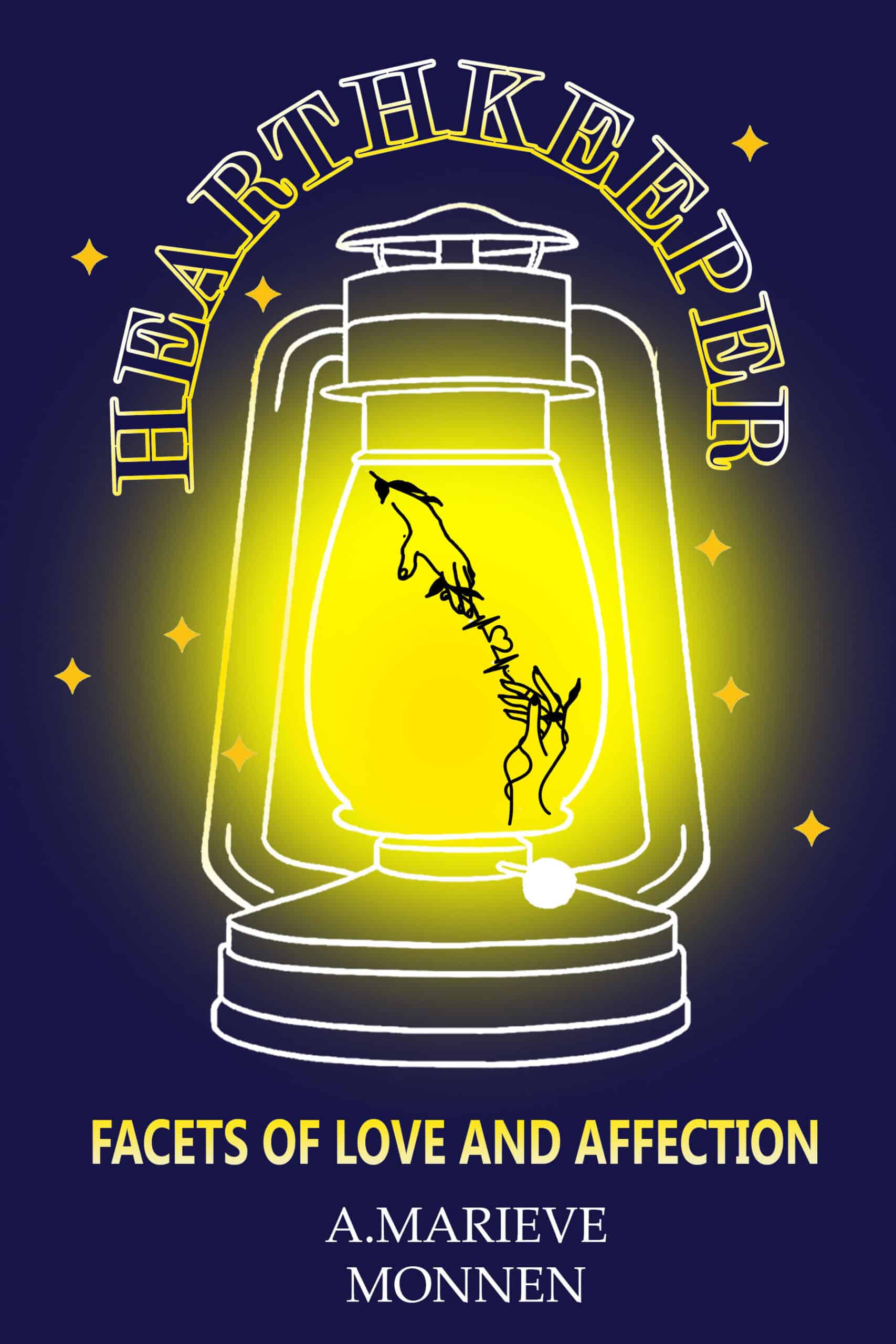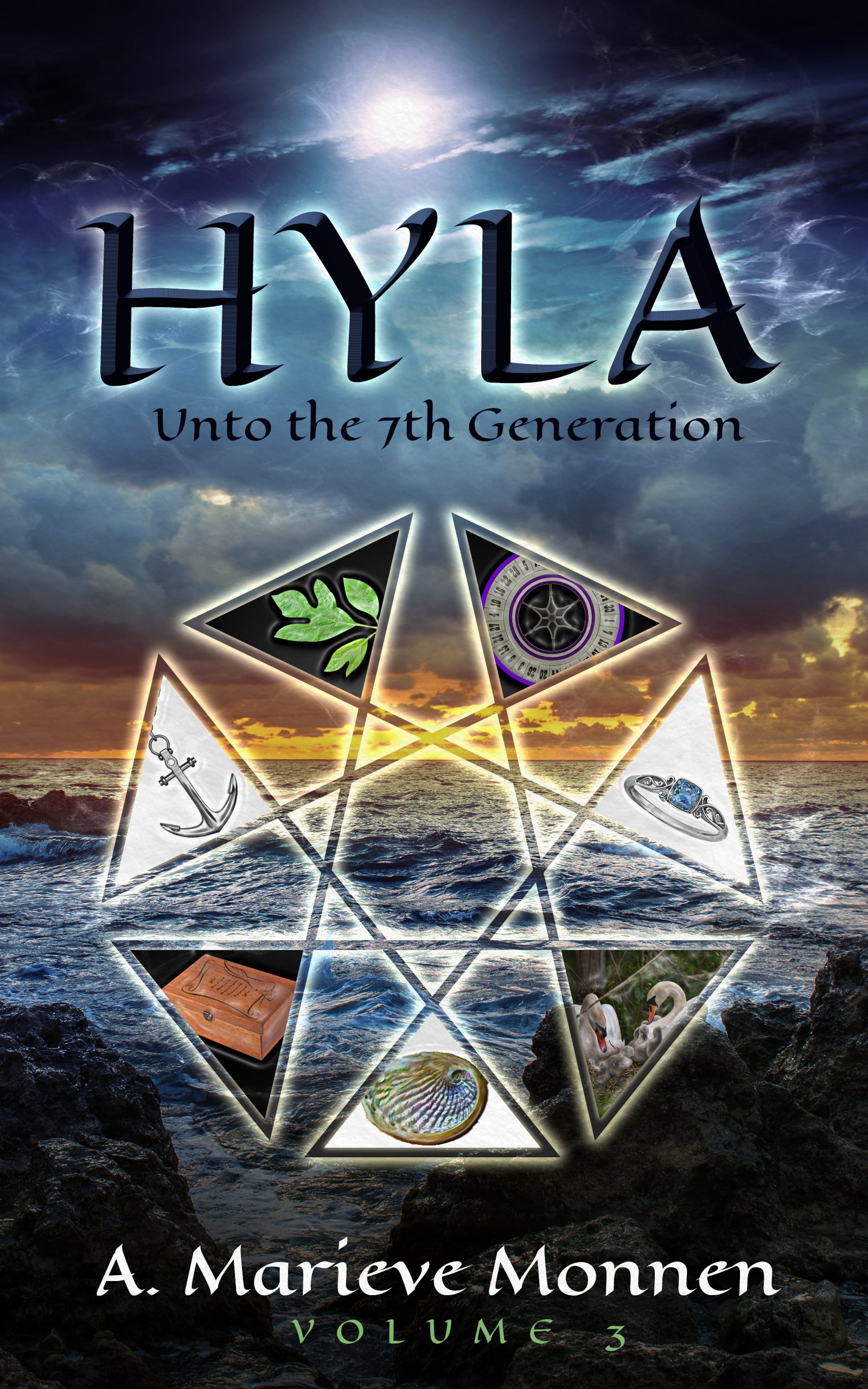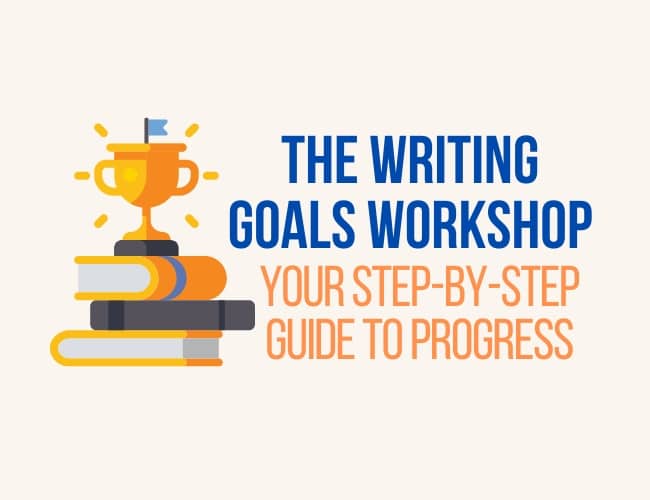
by Joe Bunting |
If you’re reading this, I’m assuming you already have some goals: fitness goals, goals for your family, maybe even a goal of writing a book or to become a better writer.
But how do you write goals that actually work, that actually help you accomplish the things that you set out to do?
In this guide, I’ll share the step-by-step goal writing process that I’ve used to finish fifteen books, publish over 2,000 blog posts, hit the Wall Street Journal bestseller’s list, and reach over twenty million people with my writing over the last ten years.
No matter what your goals are, I believe this process will help you get clear on what you want to accomplish this year.
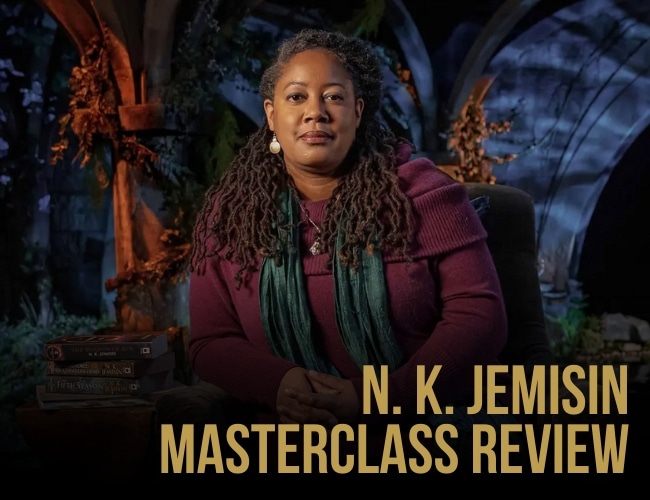
by Elizabeth Nettleton |
Thinking of diving into worldbuilding and character creation with one of the most successful writers in speculative fiction? Here is my unfiltered N.K. Jemisin MasterClass review, where I’ll share what I really thought about the course–and whether I think it will help you with your own science fiction and fantasy writing.
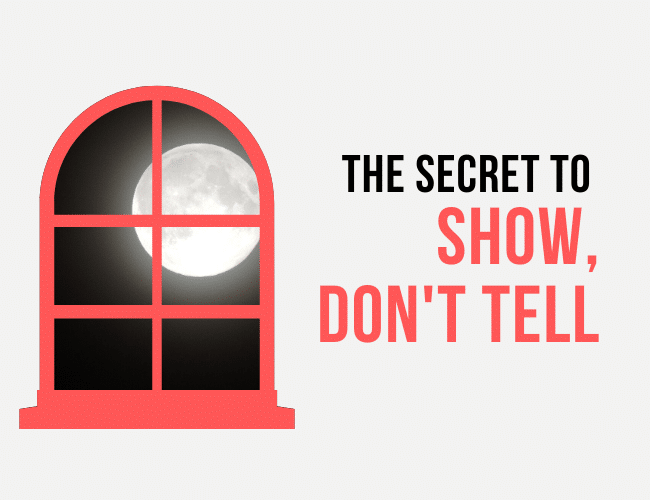
by Joe Bunting |
You’ve heard the classic writing rule, “Show. Don’t Tell.” Every writing blog ever has talked about it, and for good reason.
Showing, for some reason, is really difficult. Yet, it’s also one of the most important writing techniques you need to master if you want your own writing stand out.
Telling is one of the hardest habits to eradicate from your style. I still struggle with it regularly. However, writing that shows is so much more interesting than writing that tells. Most of the time.
In this article, you’ll find the definition of “show, don’t tell,” see several show don’t tell examples, and learn the one simple trick to strengthen your writing style.
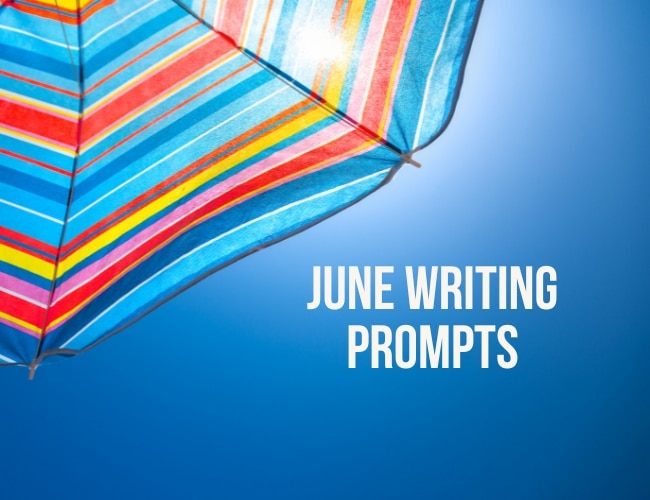
by Sue Weems |
Here are 30 June writing prompts from journal prompts to story starters to skill building prompts. Try one and keep your writing sharp this summer.
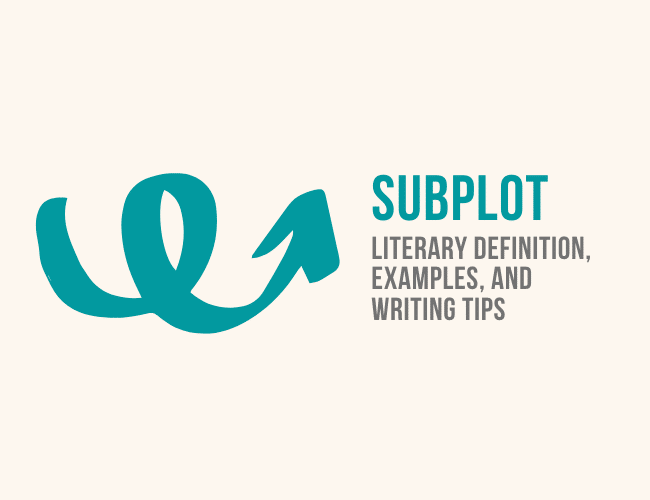
by Joe Bunting |
Stories are complicated, twisty, multi-faceted things. At some point, in many of the best stories, it feels like everything is in complete chaos, and then, seemingly all at once, it’s as if the chaos has come to a head in a way that makes everything line up perfectly.
And one of the best tools in a writer’s tool belt is the subplot.
But what is a subplot? How can you spot it in the books and stories you love most? And if you’re a writer, how do you use it to tell better stories?
In this article, I’m sharing everything you need to know about subplots. I’ll start with the definition of the literary term, then show you how it fits into a story structure, examples of some of my favorite subplots, and even tips from my own experience on writing novels with subplots.





